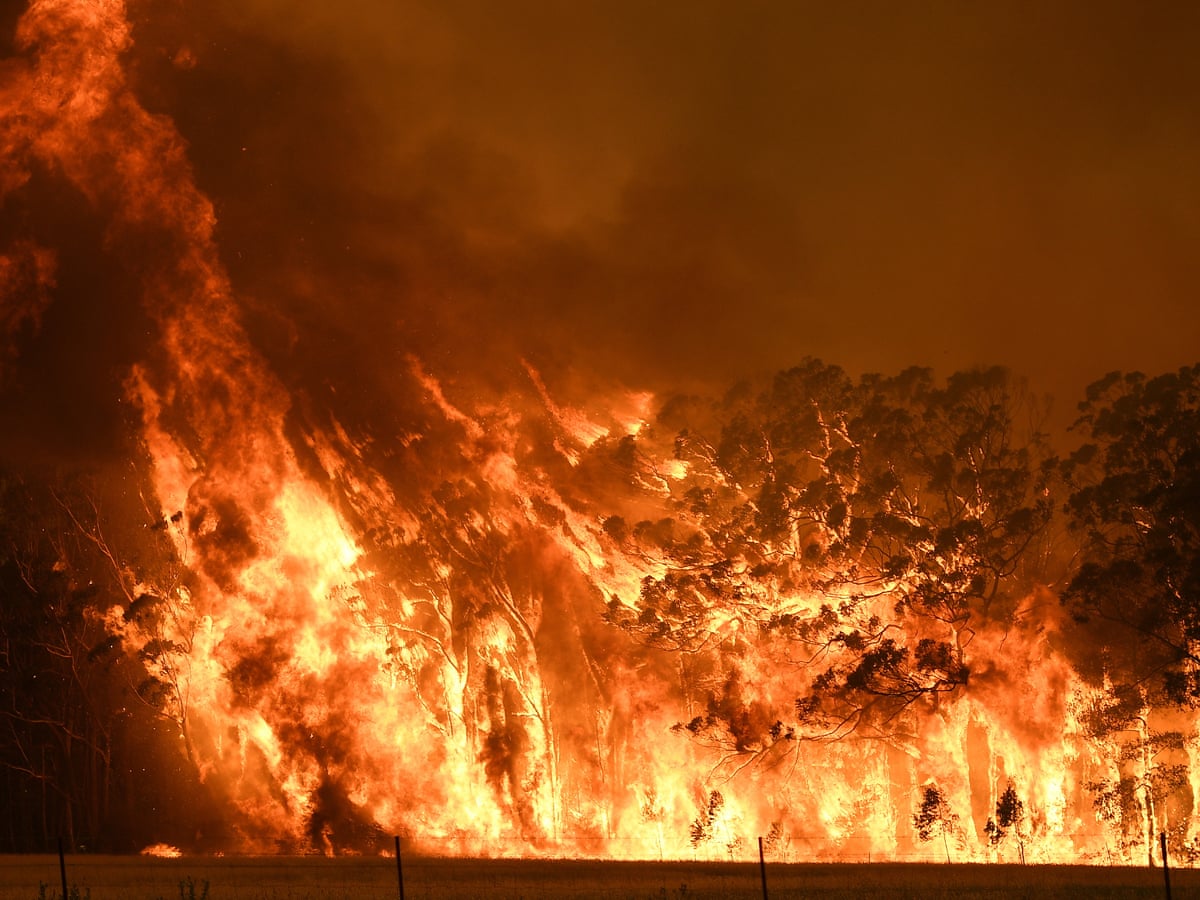Past Compliance: Enhancing Residential Or Commercial Property Security with a Thorough BAL Report Analysis
Past Compliance: Enhancing Residential Or Commercial Property Security with a Thorough BAL Report Analysis
Blog Article
Exactly How BAL Report Impacts Shrub Fire Defense Procedures
In the world of bush fire defense, the Building Attack Level (BAL) record stands as a vital tool that substantially affects the safety and security and strength of homes in fire-prone areas - BAL Report. The influence of a BAL analysis expands much past mere documents; it acts as the cornerstone for establishing the suitable building criteria and fire security procedures essential to minimize the risks presented by bushfires. As neighborhoods come to grips with significantly severe fire seasons, understanding how the BAL report forms these safety actions ends up being paramount for house owners, policymakers, and contractors alike
Recognizing the Bushfire Assault Level

Relevance of BAL Report Assessment

Furthermore, the BAL record assessment functions as a fundamental action in abiding by lawful responsibilities and needs connected to bushfire protection. Neighborhood councils and authorities typically mandate the submission of a BAL report as component of the planning and structure approval procedure to make sure that residential properties are properly secured against bushfire threats. Failing to conduct a detailed BAL record evaluation can result in poor security measures, leaving properties vulnerable to ruining bushfire events.
Building Requirements Based Upon BAL
A thorough understanding of the Bushfire Strike Level (BAL) allows home owners to carry out building and construction standards tailored to their particular risk account. Building criteria based on BAL are critical in reducing the impact of bushfires on homes. The BAL rating classifies the potential threat a building deals with during a bushfire on a range from BAL-Low to BAL-FZ (Flame Area) Each BAL level represents certain construction requirements detailed in the Australian Conventional AS3959-2018 Construction of Structures in Bushfire-Prone Locations. For example, properties identified as BAL-Low may just click for info call for fundamental measures such as removing particles and preserving gardens, while those in greater BAL categories require more durable steps like ember displays, fire-resistant products, and secured home windows. Following these building and construction standards not only improves the architectural durability of the building yet likewise improves the total safety of citizens throughout a bushfire event. As a result, residential or commercial property proprietors must very carefully consider their BAL rating and follow the equivalent building and construction standards to adequately protect their homes and owners.
Applying Fire Defense Steps
With the foundation of building criteria based upon Bushfire Assault Level (BAL) in position, the focus currently moves in the direction of the sensible application of fire defense actions to strengthen residential properties against bushfire dangers. Executing fire defense procedures involves a mix of passive and energetic methods to enhance the strength of buildings in bushfire-prone areas. Passive steps include utilizing fireproof structure products, installing ash guards on vents, sealing voids in wall surfaces and roofing systems, and keeping a clear space around the property without combustible greenery. Energetic measures incorporate having firefighting equipment easily offered, such as hoses and water pumps, in addition to developing a defendable space around the residential or commercial property by getting rid of vegetation and having a well-kept yard. Additionally, establishing a discharge plan and making sure all homeowners understand emergency situation treatments are essential elements of reliable fire security procedures. By incorporating both passive and energetic strategies, residential or commercial properties can significantly decrease their vulnerability to bushfire events and boost the safety and security of owners.
Safeguarding Residences Against Bushfires
Properly securing homes versus the damaging influences of bushfires needs a detailed and positive method to fire defense procedures. Property owners staying in bushfire-prone areas have to prioritize the implementation of Get More Info different strategies to improve their residential property's resilience against wildfires. One essential facet is creating a defensible area around the home by keeping a clear zone without flammable materials. This consists of routinely cutting plants, removing dead plants, and guaranteeing a risk-free range in between structures and trees. Setting up fireproof roof covering materials can also dramatically decrease the danger of coal attacks and straight flame contact. Additionally, sealing spaces and vents to stop ember invasion, along with including fire-resistant doors and windows, can assist fortify the home's defense versus bushfires. Buying a dependable water resource, such as a well-kept sprinkler system or a devoted water storage tank, is crucial for providing water during fire emergencies - BAL Report. By embracing a positive position and incorporating these protective measures, house owners can dramatically increase their chances of protecting their homes against bushfires.
Verdict
In verdict, the Bushfire Attack Level (BAL) report plays an essential duty in figuring out the essential protection procedures versus bushfires. Executing fire protection actions based on the BAL report is crucial in safeguarding residential or commercial properties from potential bushfire risks.
In analyzing bushfire danger to residential properties, check my site recognizing the Bushfire Attack Degree (BAL) is a critical component for carrying out efficient protection procedures. In general, a clear understanding of the Bushfire Attack Level is crucial for implementing appropriate protection actions and mitigating the effect of bushfires on residential or commercial properties.

Report this page